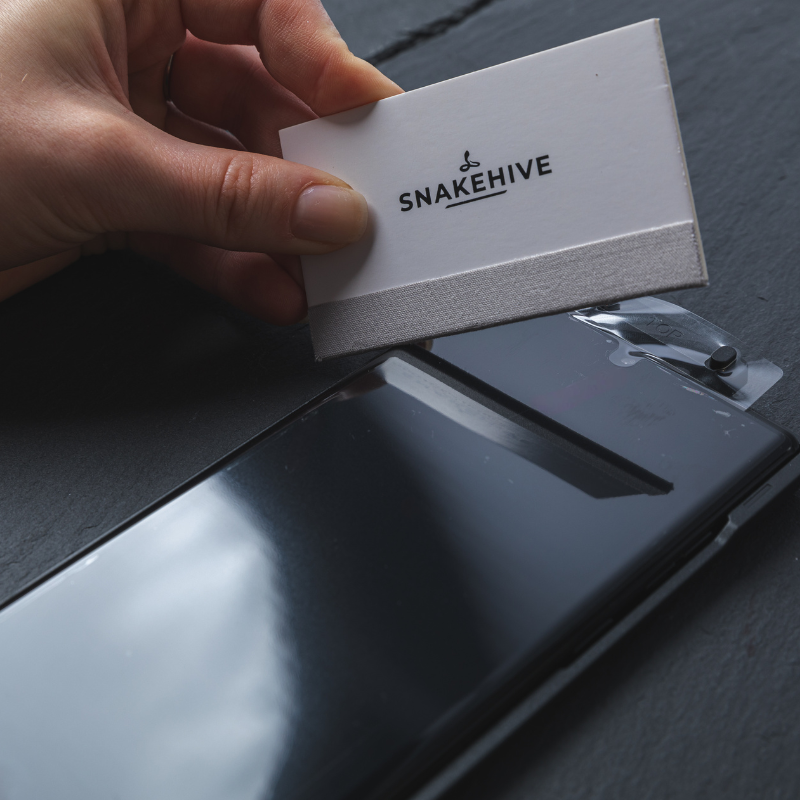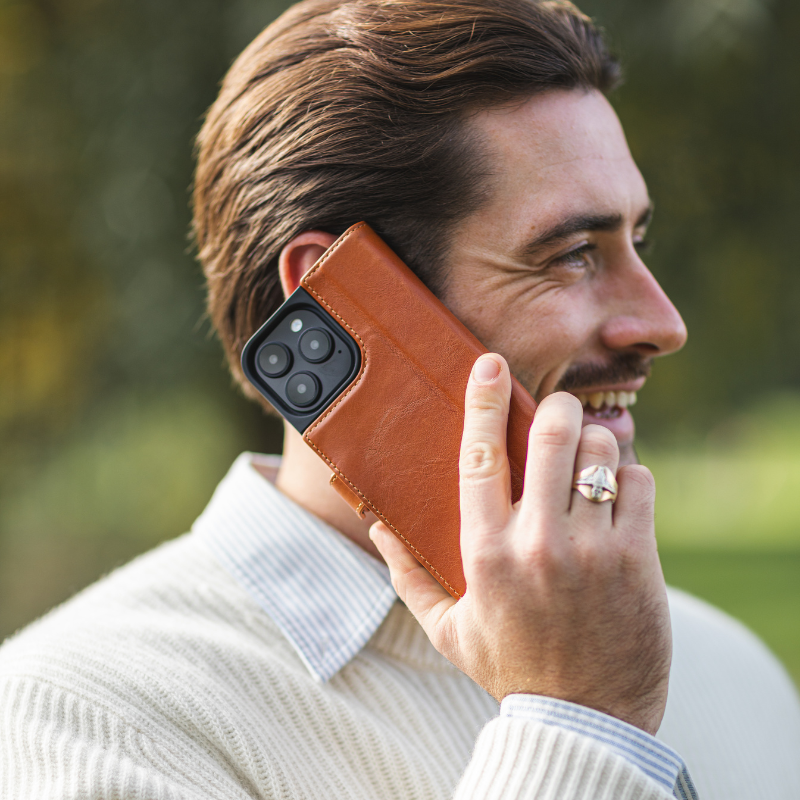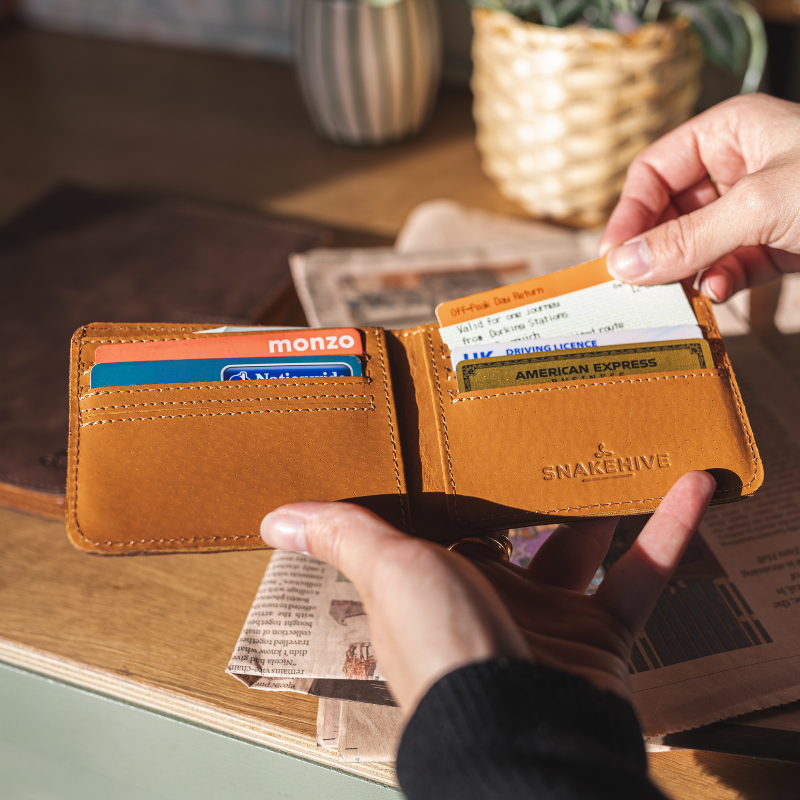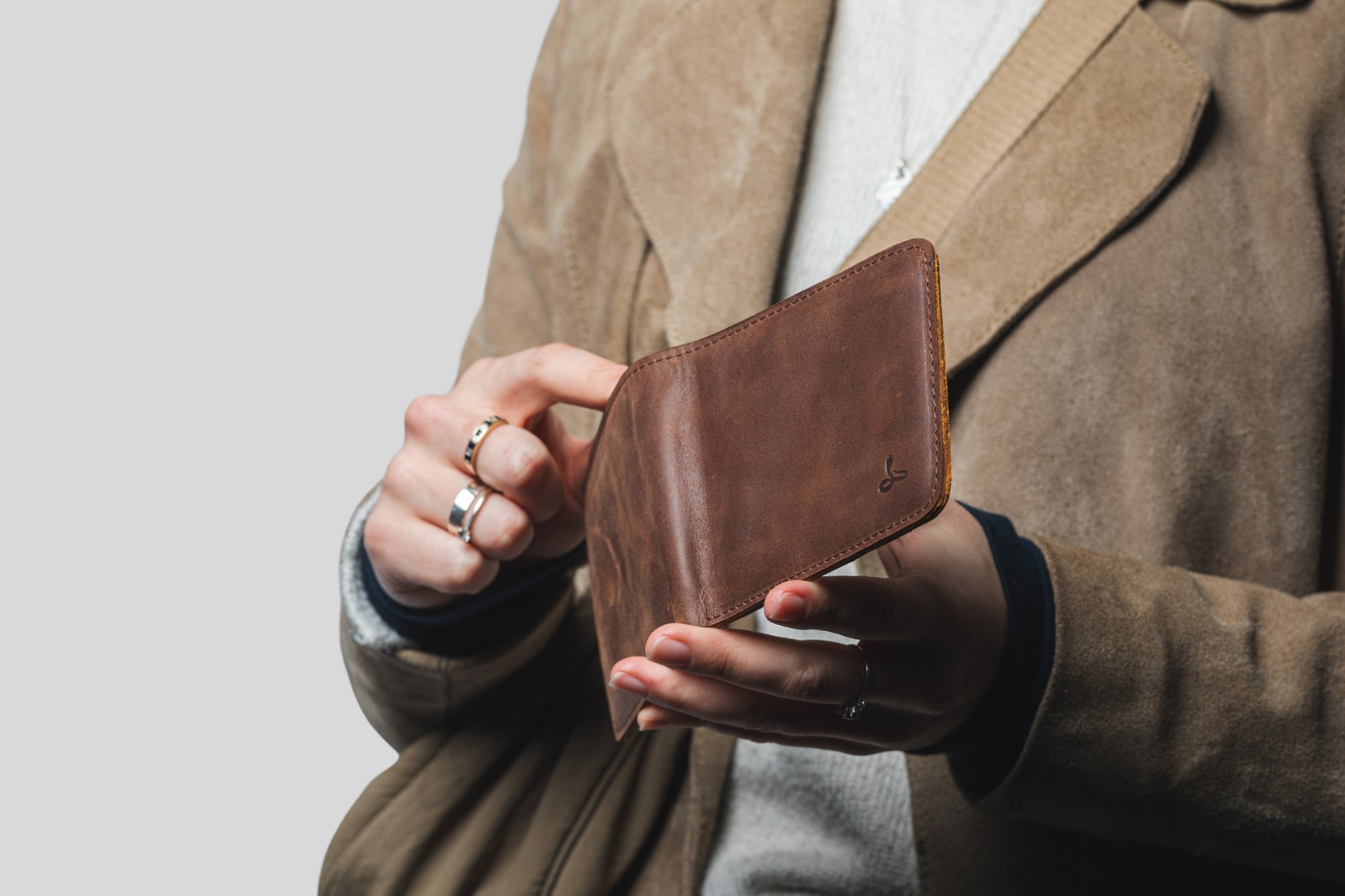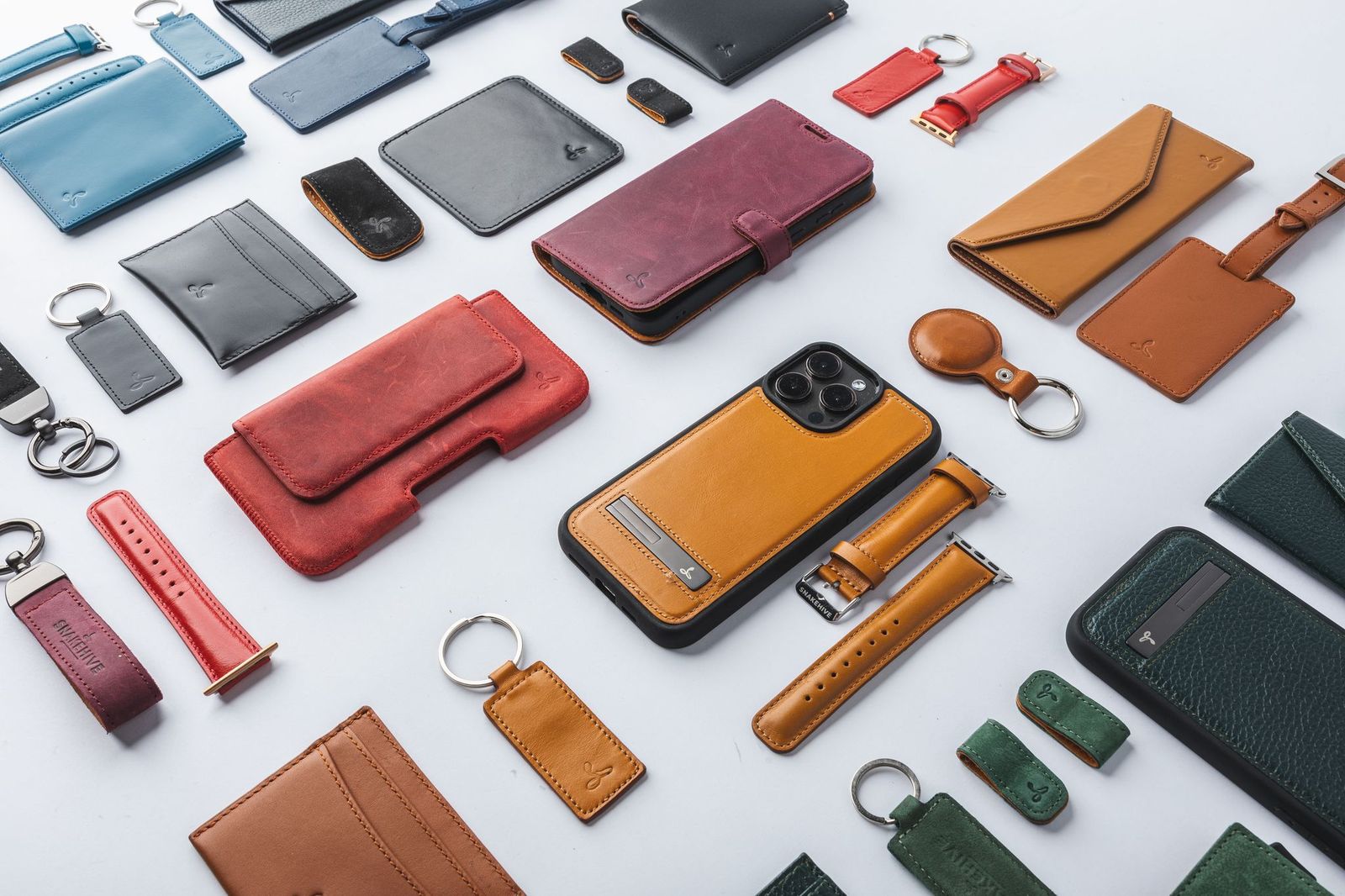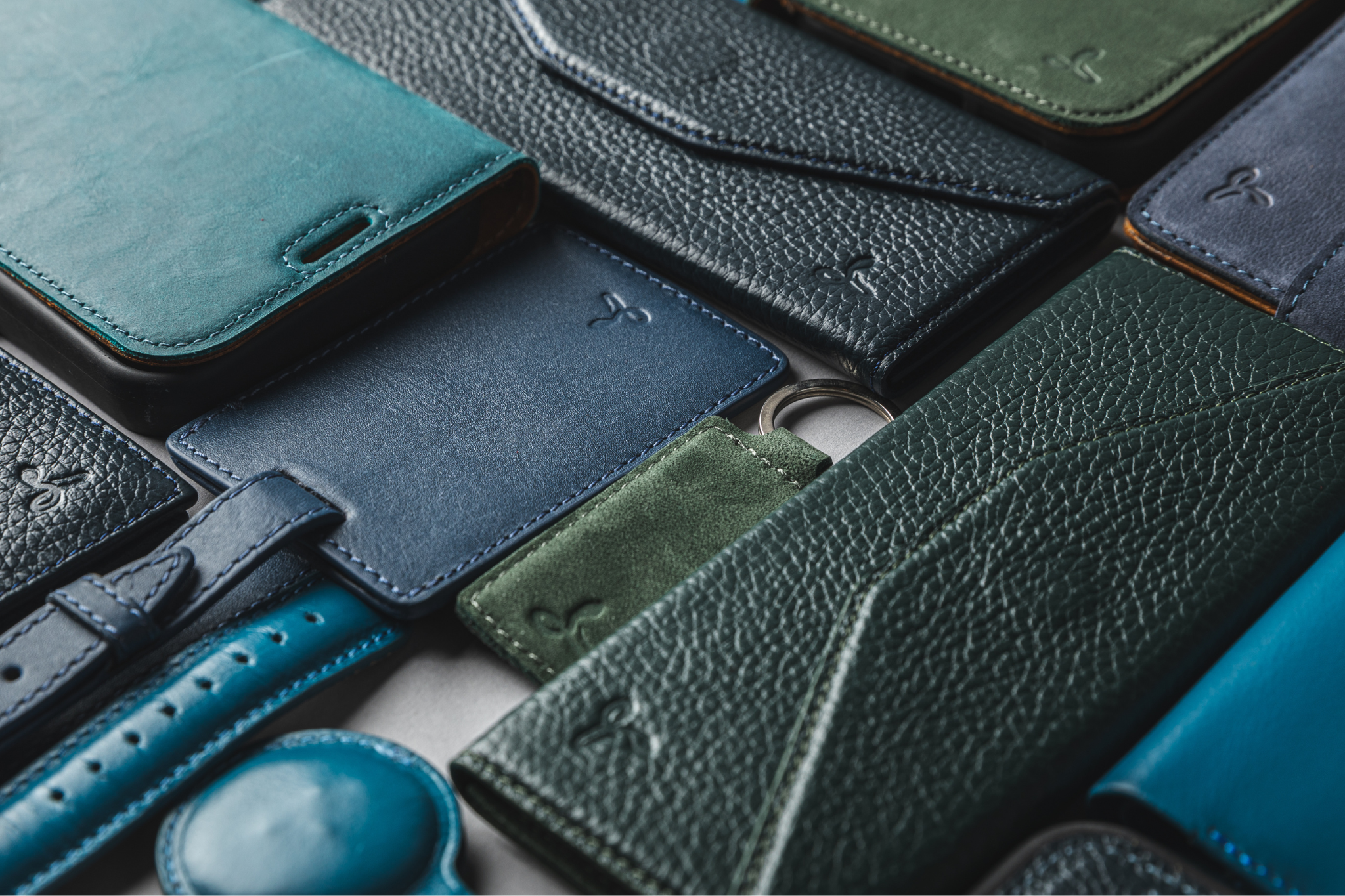

Earth Day stands as the planet's largest civic occasion, mobilising billions in 192 nations to foster consciousness about our planet, its preservation, and sustainability.
Since its inception, the Earth Day movement has spurred remarkable advancements, including pivotal environmental legislation, and heightened educational efforts. Annually, on April 22nd, approximately 1 billion people worldwide engage in activities to spotlight the climate emergency and promote behavioural shifts for environmental protection. Various campaigns seek to unite individuals and groups to tackle pressing issues like deforestation, biodiversity loss, and other environmental challenges.


